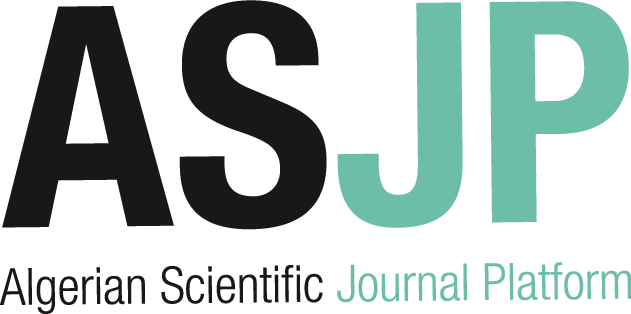[article]
| Titre : |
Rolling horizon approach for dynamic parallel machine scheduling problem with release times |
| Type de document : |
texte imprimé |
| Auteurs : |
Lixin Tang, Auteur ; Shujun Jiang, Auteur ; Jiyin Liu, Auteur |
| Année de publication : |
2010 |
| Article en page(s) : |
pp. 381–389 |
| Note générale : |
Industrial chemistry |
| Langues : |
Anglais (eng) |
| Mots-clés : |
Rolling Horizon Approach for Dynamic Parallel Machine Scheduling Problem with Release Times |
| Résumé : |
In this paper, we study a dynamic parallel machine scheduling problem with release times, where the release times and processing times of jobs may change during the production process due to uncertainties. The problem is different from classical scheduling problems in the deterministic environment where all information of jobs is known at the beginning of the scheduling horizon and will not change during the operations throughout the whole horizon. In practice, there are often unpredictable events causing dynamic changes in job release times and/or processing times. Traditional optimization methods cannot solve the dynamic scheduling problem directly even though they have been successful in solving the static version of the problem. A model predictive control (MPC) strategy based rolling horizon approach is applied to tackle the dynamic parallel machine scheduling problem with the objective of minimizing the total weighted completion times of jobs, the energy consumption due to job waiting, and the total deviation of actual job completion times from those in the original schedule. When the MPC is applied to the problem, the rolling horizon approach allows applying a Lagrangian relaxation (LR) algorithm to solve the model of the scheduling problem in a rolling fashion. Computational experiments are carried out comparing the proposed method with the passive adjustment method often adopted by human schedulers. The result shows that the proposed method yields significantly better results, with 11.72% improvement on average. |
| ISSN : |
0888-5885 |
| En ligne : |
http://pubs.acs.org/doi/abs/10.1021/ie900206m |
in Industrial & engineering chemistry research > Vol. 49 N° 1 (Janvier 2010) . - pp. 381–389
[article] Rolling horizon approach for dynamic parallel machine scheduling problem with release times [texte imprimé] / Lixin Tang, Auteur ; Shujun Jiang, Auteur ; Jiyin Liu, Auteur . - 2010 . - pp. 381–389. Industrial chemistry Langues : Anglais ( eng) in Industrial & engineering chemistry research > Vol. 49 N° 1 (Janvier 2010) . - pp. 381–389
| Mots-clés : |
Rolling Horizon Approach for Dynamic Parallel Machine Scheduling Problem with Release Times |
| Résumé : |
In this paper, we study a dynamic parallel machine scheduling problem with release times, where the release times and processing times of jobs may change during the production process due to uncertainties. The problem is different from classical scheduling problems in the deterministic environment where all information of jobs is known at the beginning of the scheduling horizon and will not change during the operations throughout the whole horizon. In practice, there are often unpredictable events causing dynamic changes in job release times and/or processing times. Traditional optimization methods cannot solve the dynamic scheduling problem directly even though they have been successful in solving the static version of the problem. A model predictive control (MPC) strategy based rolling horizon approach is applied to tackle the dynamic parallel machine scheduling problem with the objective of minimizing the total weighted completion times of jobs, the energy consumption due to job waiting, and the total deviation of actual job completion times from those in the original schedule. When the MPC is applied to the problem, the rolling horizon approach allows applying a Lagrangian relaxation (LR) algorithm to solve the model of the scheduling problem in a rolling fashion. Computational experiments are carried out comparing the proposed method with the passive adjustment method often adopted by human schedulers. The result shows that the proposed method yields significantly better results, with 11.72% improvement on average. |
| ISSN : |
0888-5885 |
| En ligne : |
http://pubs.acs.org/doi/abs/10.1021/ie900206m |
|


 Ajouter le résultat dans votre panier Faire une suggestion Affiner la recherche
Ajouter le résultat dans votre panier Faire une suggestion Affiner la rechercheRolling horizon approach for dynamic parallel machine scheduling problem with release times / Lixin Tang in Industrial & engineering chemistry research, Vol. 49 N° 1 (Janvier 2010)











